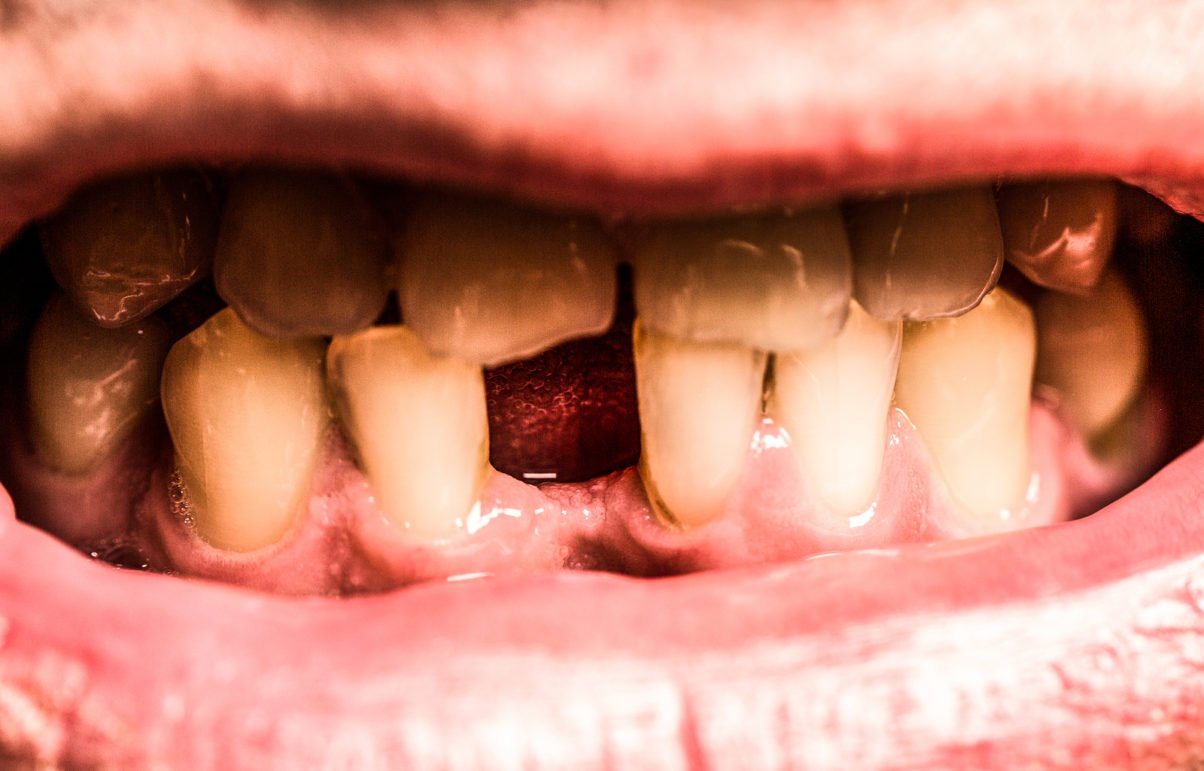One of the most common causes of tooth pain, tooth enamel erosion occurs when excess acids wear down the protective enamel layer on the outside of our teeth. The hard, outer layer that gives our teeth structure, tooth enamel is actually stronger than bone. Unfortunately, it is not impervious to damage, especially when people fail to practice good oral hygiene.
What Causes Enamel Erosion?
While our saliva helps to naturally neutralize acid in the mouth, it can’t make up for bad habits. If you consume a lot of highly acidic drinks or food, you may experience enamel erosion over time. Problematic foods and beverages include carbonated drinks, pure, undiluted fruit juice, coffee and wine. Poor brushing habits can also increase the risk of erosion, and people tend to be at much greater risk if they don’t maintain regular checkups with their dentists.
What Are the Signs of Tooth Enamel Erosion?
Symptoms of enamel erosion generally include:
- Tooth pain: When our enamel starts wearing away, we tend to notice that our teeth become more sensitive to cold and hot beverages or food. Sometimes the pain can be mild, but many people experience severe discomfort that causes them to seriously alter their dietary habits.
- Discoloration: As enamel wears down, more of the underlying dentin becomes exposed, resulting in a yellowish appearance that doesn’t always get better with whitening treatments. In some instances, people may also notice that their teeth begin to look slightly transparent around the edges where they bite.
- Chips and cracks: Once your enamel starts wearing away, you become more susceptible to cracks and chips. While this often occurs at the edges of teeth; weakening enamel can also result in tiny dents along the chewing surface of teeth.
How to Treat Enamel Erosion
You can lower your risk for enamel erosion by minimizing your consumption of acidic foods and drinks. If you drink fruit juice or carbonated drinks, try to use a straw to minimize the beverage’s contact with your teeth. You should also wait at least thirty minutes to brush after consuming acidic foods or drinks. While it may seem counter-intuitive, this can actually worsen erosion by etching the surface of your teeth. Instead, you can rinse with clean water to eliminate as much acid as possible. Chewing sugar-free gum can help promote saliva production to help your teeth recover from exposure to acid.
Unfortunately, tooth enamel does not grow back. That said, your dentist can help reduce symptoms with bonding procedures that add a tooth-colored resin to stained or damaged teeth. In severe instances, dentists may recommend crowns or veneers to cover damaged teeth and prevent decay.


 Previous Article
Previous Article

